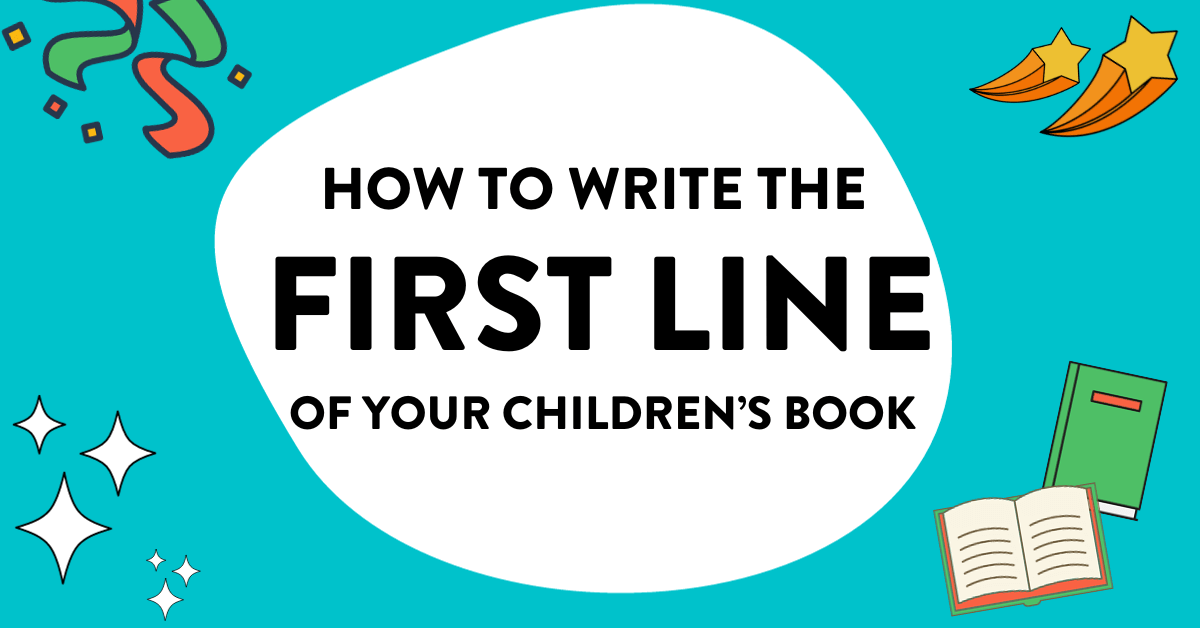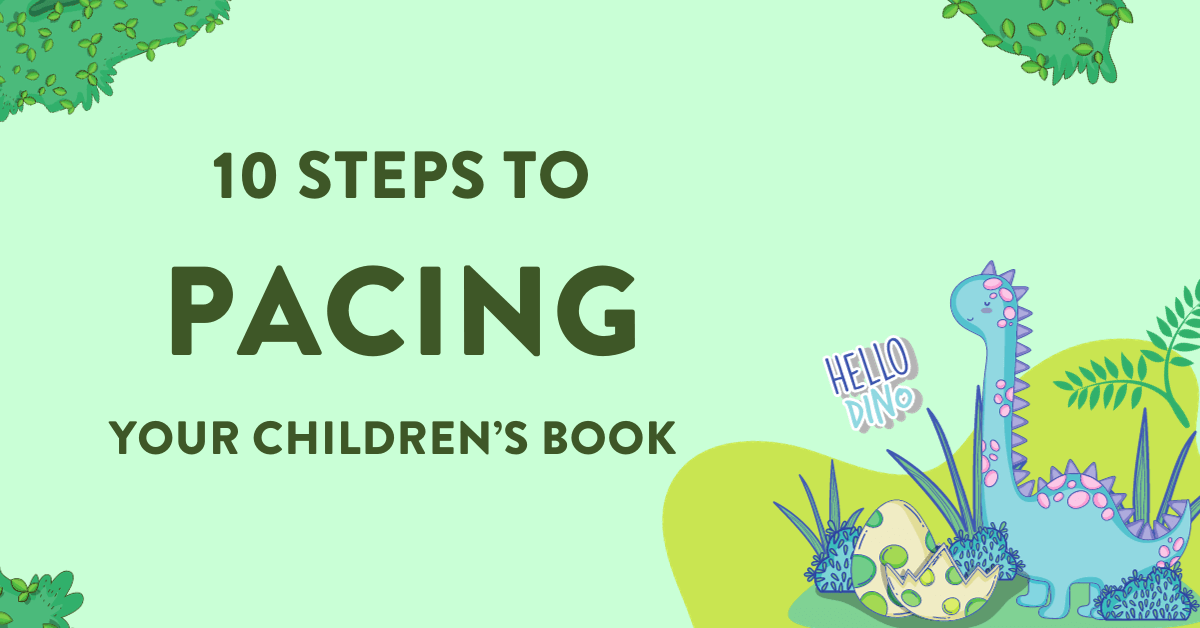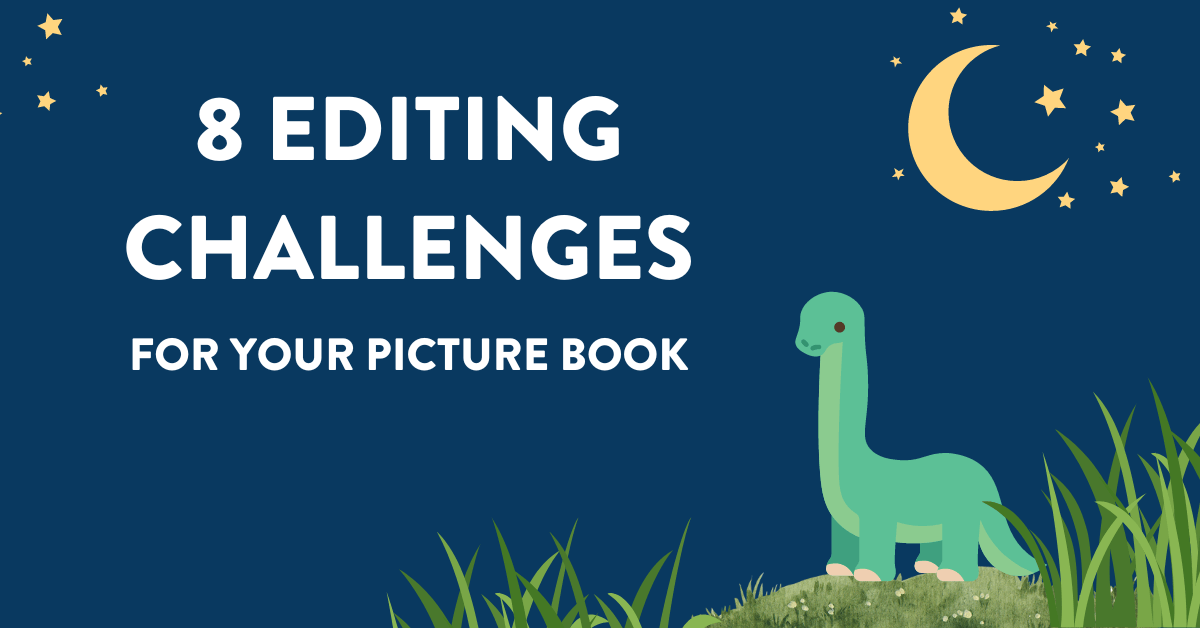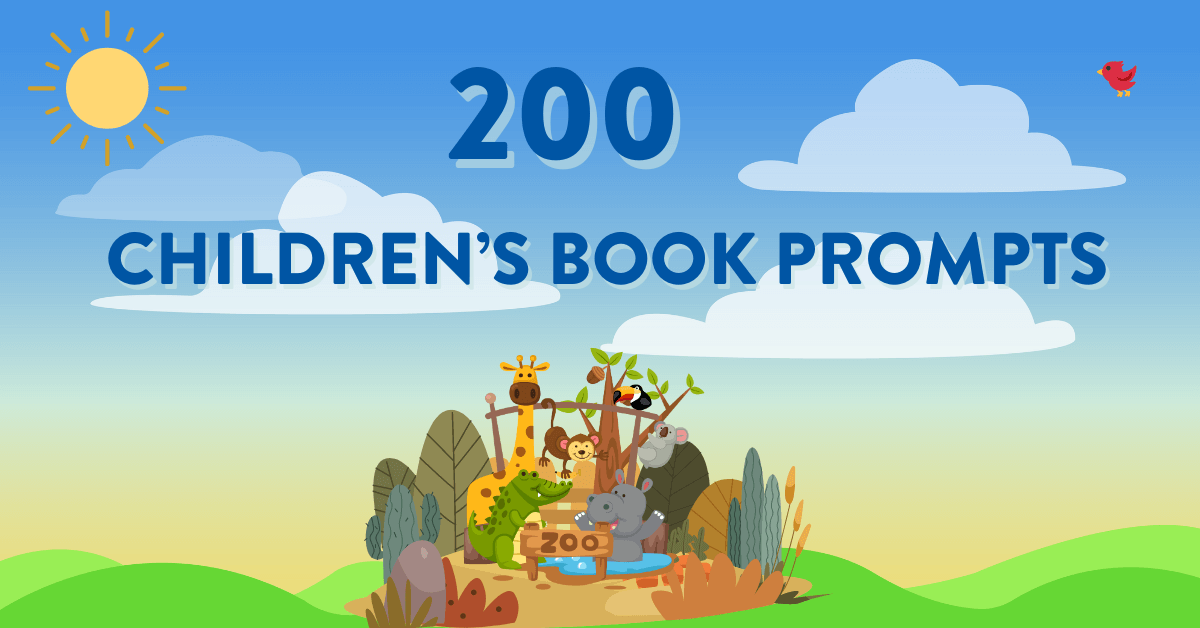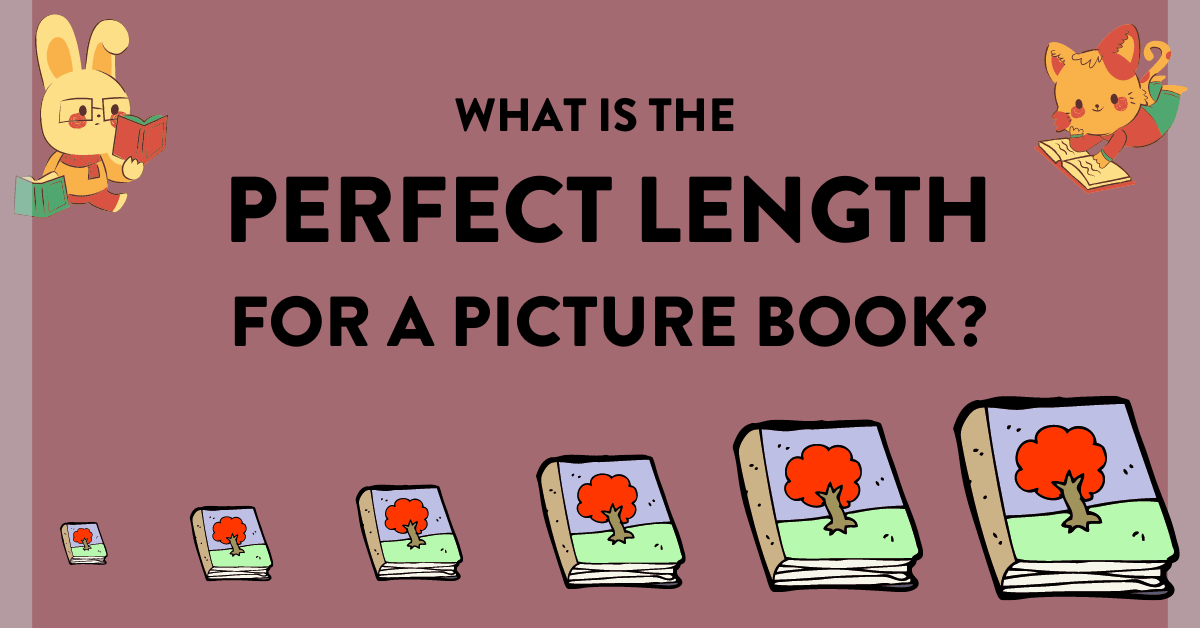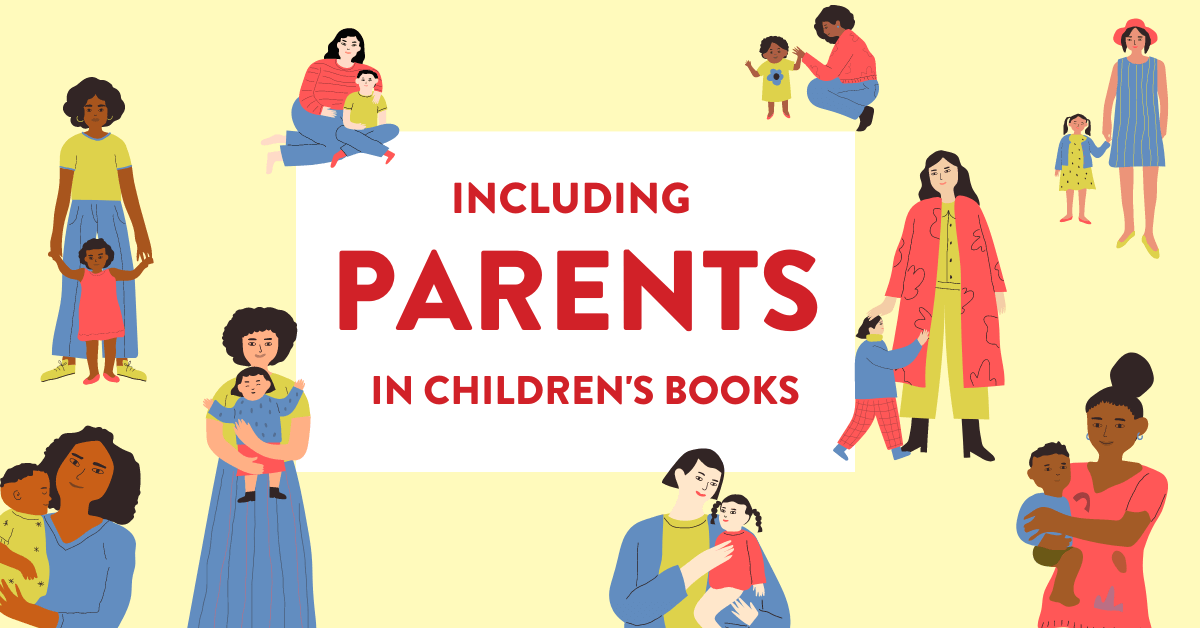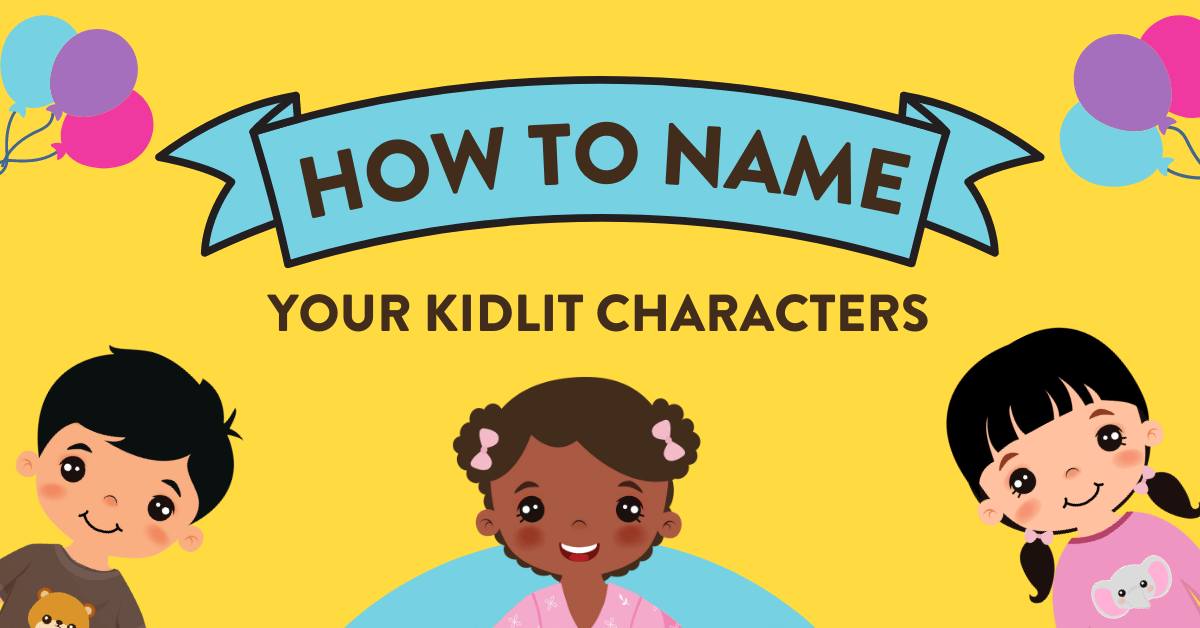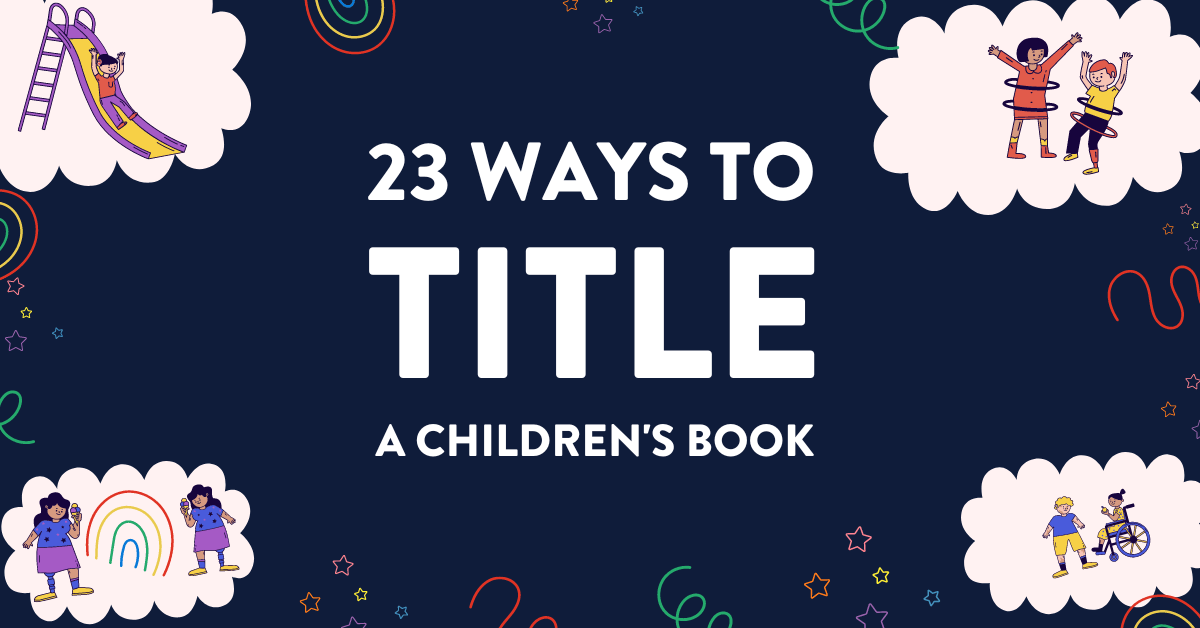School visits are an important source of income and exposure for most children’s book authors, but if you haven’t been in a classroom in awhile, reaching out can be intimidating. (What if you say something wrong and end up in the principal’s office?) As a veteran teacher of 17 years, I’ve seen my share of […]
The Blog
- All posts
- All Popular Posts
- Characters
- Children's Books
- Dialogue
- Editing
- Endings
- Literary Agents
- Marketing
- Novels
- Plot
- Point of View
- Publishers
- Short Stories
- Writing Techniques
- Writing Wisdom
- 12 Insider Tips for Authors Booking School Visits

- How to Write the First Line of Your Children’s Book (6 Steps)

So you want to start a children’s book, and you’re faced with a blank page. Where do you begin? Well, the first line of your children’s picture book is the most important line. It sets the tone for the rest of the book, and grabs the reader’s attention. Mess it up, and the reader, either […]
- 10 Steps to Pacing Your Children’s Book

Not that many children’s book authors think about the pacing of their book. But pacing is incredibly important — it’s the difference between a child becoming bored, and wanting to read your book again and again. When authors do think about pacing, they usually make this common mistake: they think that faster pacing is always […]
- 8 Self-Editing Challenges for Your Children’s Picture Book

Every single word in a children’s picture book is precious. That’s because you don’t have very many of them. Most picture books are between 200 – 800 words. That means every single word needs to carry its weight, and any words that aren’t doing their duty need to be cut, pronto. As an editor, I’ve […]
- 200 Children’s Book Ideas to Inspire You

You probably already have some kind of idea of a children’s book, but even if you do, these prompts will help you refine it. Read these prompts to get a sense of the possibilities of children’s picture book fiction! And who knows? You might find that you want to borrow one of these ideas and […]
- What’s the Perfect Length for a Children’s Picture Book?

As a children’s book editor, I often get asked about the ideal length for a picture book. Luckily for you, I’ve answered this so many times that I have the best answer you’ll find online. Most of the time, authors write children’s picture books that are too long. I’ve worked with probably a hundred manuscripts […]
- Including (and Excluding) Parents in Children’s Books

Let’s dive into a topic that’s crucial for children’s authors, parents, and young readers alike: the role of parents in children’s literature. If you haven’t thought about this, you’re not alone: most authors spend most of their time focusing on their child character, and on the world or theme, and never actually think about the […]
- 6 Ways to Name your Children’s Book Characters

Naming a character, especially for a children’s book, isn’t just a matter of whimsy. It’s an art and a science combined, a delicate dance that can ignite imagination or leave your story flat. This might sound like a tall order, but don’t worry. With the right approach, you can find the perfect name that resonates […]
- 23 Ways to Title Your Children’s Book

So you’ve gone and done it. You’ve crafted a world filled with whimsy, wonder, and wild adventures, and all that’s left is giving it a name. No big deal, right? Wrong! Titling your children’s book is like putting the cherry on top of a sundae. You wouldn’t toss just any old cherry up there, would […]

